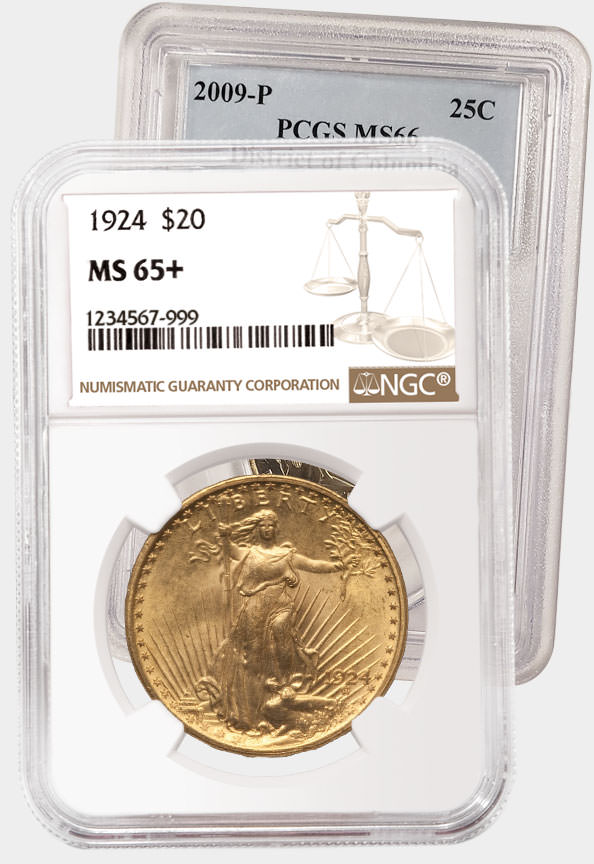Salt Lake City, Utah hosted the Winter Olympics in February of 2002, and Congress authorized a two-coin set of commemoratives to honor the occasion. Included within the Mint's sales prices for these coins were surcharges of $10 for each silver dollar and $35 for each gold half eagle, and this money went to help defray the costs associated with hosting the games. Both coins were designed in-house at the U. S. Mint, though they conformed to the requirements imposed by the event's sponsors. John Mercanti's obverse for the silver dollar displays the logo of the 2002 Winter Olympics superimposed over the secondary theme, "Rhythm of the Land." Beneath the main device of a stylized ice crystal is the inscription "SALT LAKE 2002" and the Olympic rings. To the left of the crystal is inscribed "XIX OLYMPIC WINTER GAMES." Mercanti's initials are near the border at seven o'clock, and statutory mottoes complete this side. Donna Weaver, also of the U. S. Mint, designed and sculpted the reverse of this coin, which features a view of the Salt Lake City skyline and the Rocky Mountains beyond it. Above these elements is the redundant phrase "XIX OLYMPIC WINTER GAMES" and the jagged "Rhythm" motif, likewise a duplication of the obverse. The coin's mintmark is placed at lower center, and purely statutory legends balance the design. Weaver is credited with both sides of the gold half eagle. Its obverse is yet another interpretation of the crystal logo and "Rhythm of the Land" imagery. Superimposed over these are the words "SALT LAKE." The date of coining is at bottom, and the designer's initials appear along the border at four o'clock. For the reverse, Weaver provided a stylized image of the Olympic cauldron and flame, with the "Rhythm" motif below it. The coin's mintmark is near the border at three o'clock, and statutory legends complete this side. While the U. S. Mint's recent practice had been to utilize a single minting facility for both the proof and uncirculated editions of a particular commemorative coin, this pattern was broken in 2002 for the Olympic issues. Denver coined the uncirculated silver dollars, Philadelphia the proofs. West Point alone, however, did strike both finishes of the half eagle. Despite a number of packaging options and a generally increased interest among collectors in modern coins, sales for this issue were still modest, though better than for most commemoratives of the late 1990s. The coins simply didn't appeal to American collectors, who tend to favor traditional imagery over highly stylized designs.







